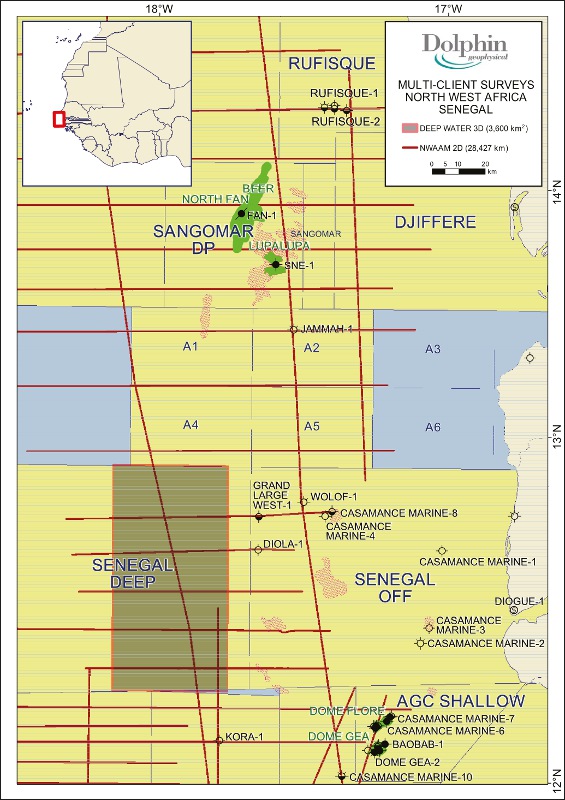
New play concepts revealed
Recent discoveries indicate the potential of the Sud Profond Offshore Senegal Region.
The North West Africa region was under-explored for many years, but since the discovery in 2007 of the Jubilee Field in Ghana, industry has refocused efforts to explore similar plays around the entire West and North West African coast.
On October 7, 2014, Cairn Energy announced an important and potentially commercial oil discovery in the Sangomar Deep block offshore Senegal. The FAN-1 exploration well recovered light oil from a series of stacked Cretaceous sandstones, with APIs ranging from 28° up to 41°. Cairn Energy drilled a second well, SNE-1, in 1,100m of water and announced on November 10, 2014 that they had made an additional discovery. Initial analysis of the well, as reported by Cairn Energy, showed a 95m gross oil-bearing column with a gas cap. It found excellent reservoir sands with net pay of 36m of 32° API oil and a P50 contingent resource of 330 MMbo. Following Cairn Energy’s two discoveries in these Senegalese blocks immediately to the north, the Gambian government restored African Petroleum Corporation’s licenses for blocks A1 and A4. The licenses had been canceled in January for non-performance. African Petroleum had disputed the government’s move and sought arbitration at the International Center for the Settlement of Investment Disputes, but proceedings will now be dropped. African Petroleum has negotiated an extension to the first exploration period, which will now expire on September 1, 2016. Figure 2 shows the location of the FAN-1 and SNE-1 discoveries in relation to the Dolphin Geophysical Sud Profond Offshore Senegal long-offset 3D seismic survey, and the block and operator details for the region.
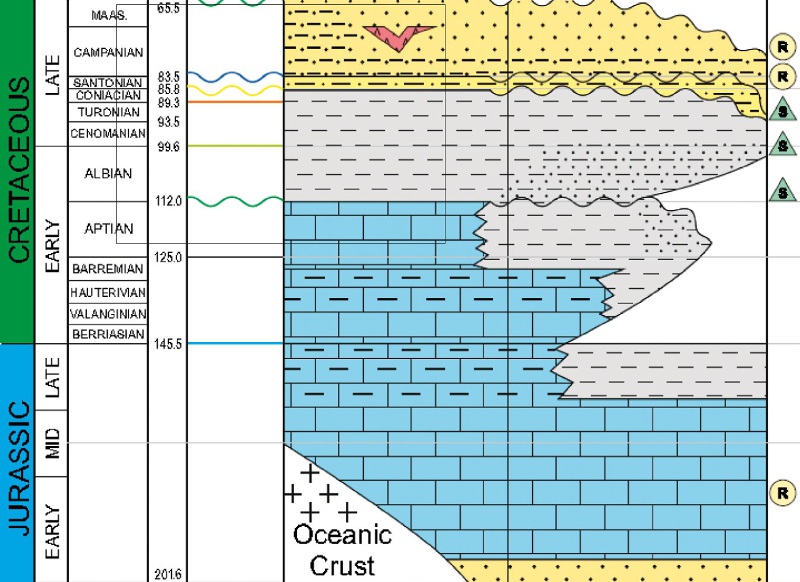
Geological Overview
The offshore geology of Senegal has been shaped by the evolution of the rift system that started with the Late Permian breakup of the African, North American and South American Plates. The Senegal sub-basins include the Southern Mauritania sub-basin, the Northern- Rufisque sub-basin, and part of the Casamance sub-basin.
The area underwent three main tectonic phases consisting of a pre-rift, syn-rift, and post-rift stage. The rift phase occurred in the Proterozoic-Paleozoic, the syn-rift phase occurred in the Permo-Triassic, and a post-rift/ drift phase occurred up to the present day. (Brownfield and Charpentier, 2003).
The geology of offshore Senegal is dominated first of all by carbonate deposition (Figure 3), which occurred during the Early Jurassic to Late Early Cretaceous (syn-rift and post-rift phases). There was a period of uplift, erosion/reworking, and karstification of the carbonate platform, which in turn was followed by downslope deposition of a mixed sand-mud system during the Late Cretaceous. This downslope transfer of sediment continues to the present day.
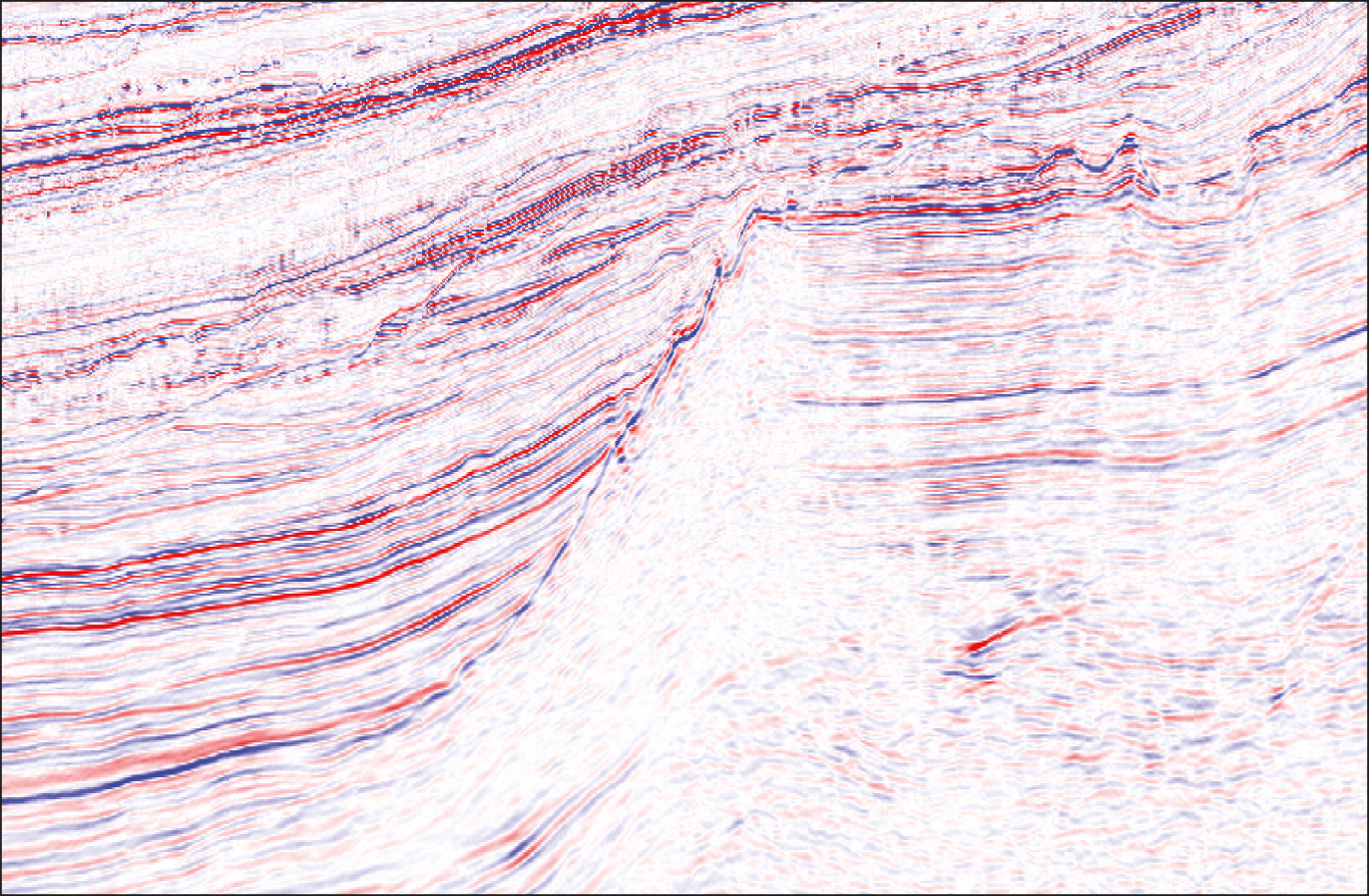
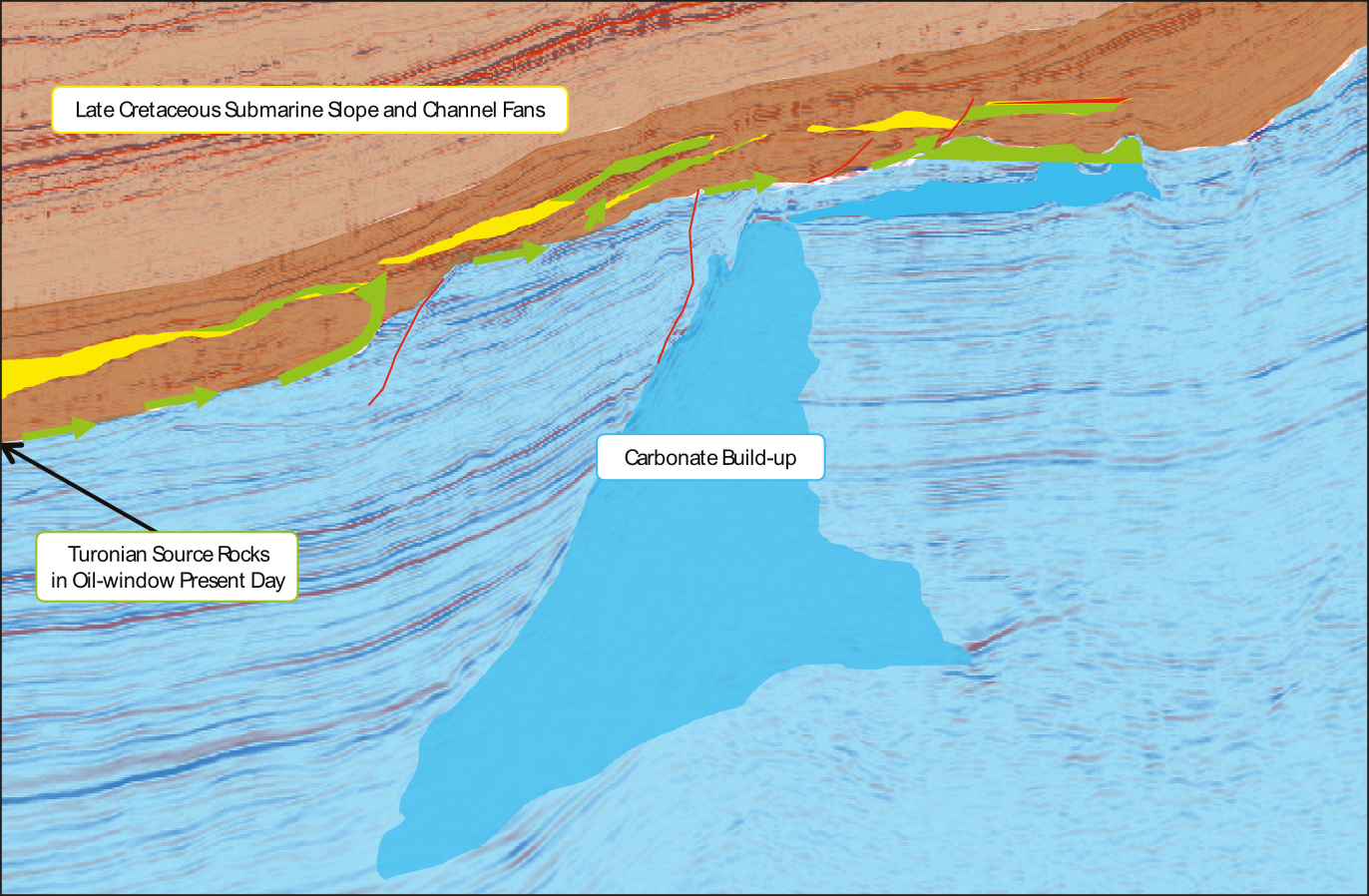
Exploration since 1950s
Exploration of the Senegal basins started during the 1950s with discoveries of some onshore gas reservoirs, these fields proving the existence of mature source rocks and effective traps within the basin. Commercial gas is present onshore east of Dakar in the Gadiaga Field (the only productive field in Senegal up to present) and Diam Niade fields (productive from 1961 to 2000), where over 20 Bcf of Upper Cretaceous gas has been produced, along with a significant amount of oil.
The first offshore well in Senegal was DK-1, drilled in 1955 on the beach of the Dakar Peninsula, which encountered oil shows. Offshore Senegal, in the Sangomar-Rufisque Block, there were hydrocarbon shows within the Cretaceous to Tertiary section in the wells RF-1, RF-2, RF-3 and DKM-2. All these wells are located on the positive structure produced by the igneous intrusion of the Rufisque Dome (Conn et al., 2012). As mentioned previously, offshore Senegal has recently seen very significant discoveries by Cairn with the FAN-1 and the SNE-1 wells.
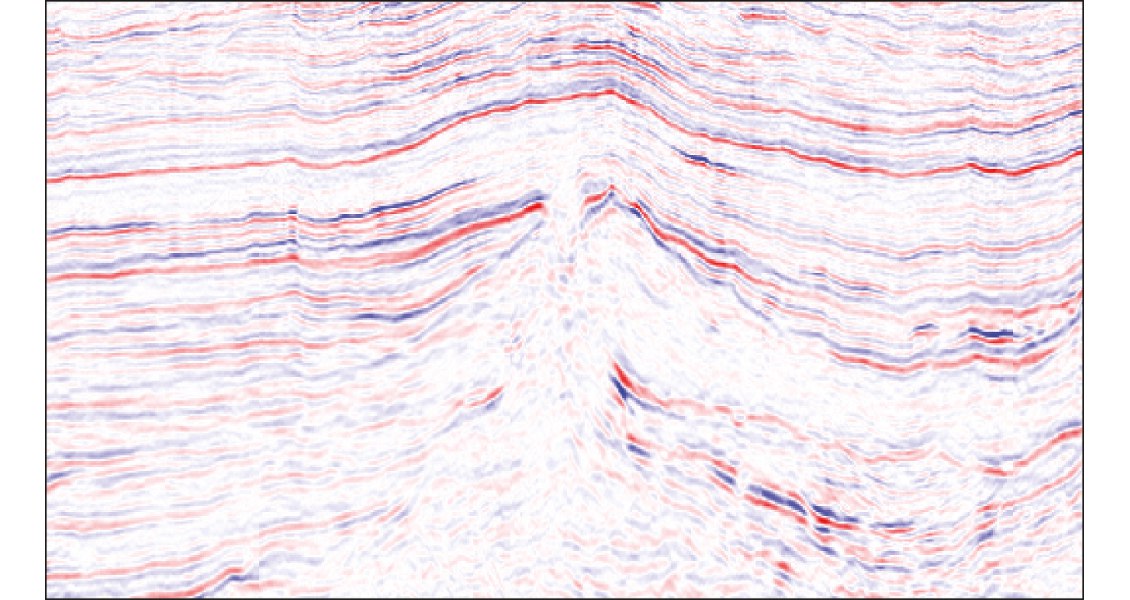
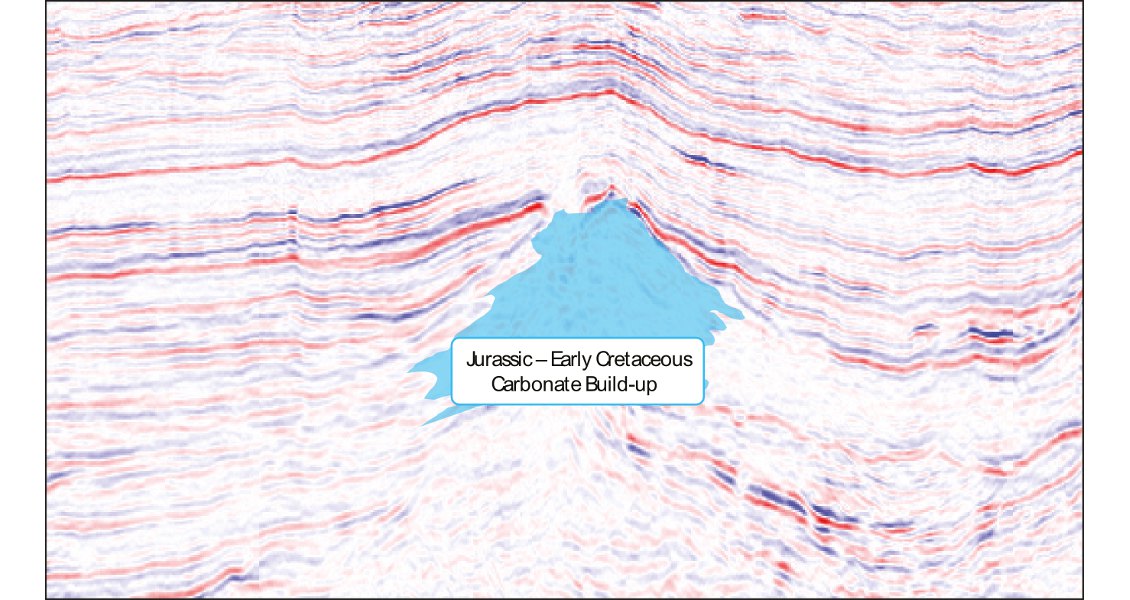
Exciting Play Types
Several examples of play types can be illustrated using the Sud Profond 3D seismic. These include basin floor fan turbidites, channelized turbidites, carbonate buildups, karstified carbonates, and toe-slope carbonate debris. These concepts are outlined schematically in Figures 4, 5 and 6. The sand-prone basin floor fans appear to be well-developed in the south of the block, as shown on Figure 1. The Turonian source rocks are believed to be mature for oil downdip from these Late Cretaceous fan deposits.
The Late Cretaceous submarine fan lobes highlighted by amplitude extraction in Figure 1 are highlighted on Figure 6. They are represented by differentially compacted seismic character, believed to be a mixed sand-mud fan system.
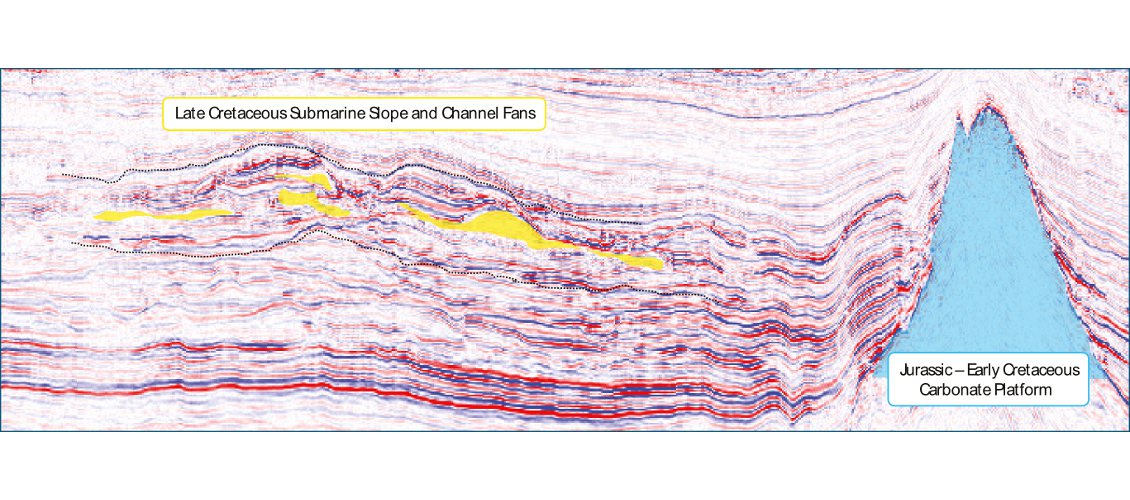
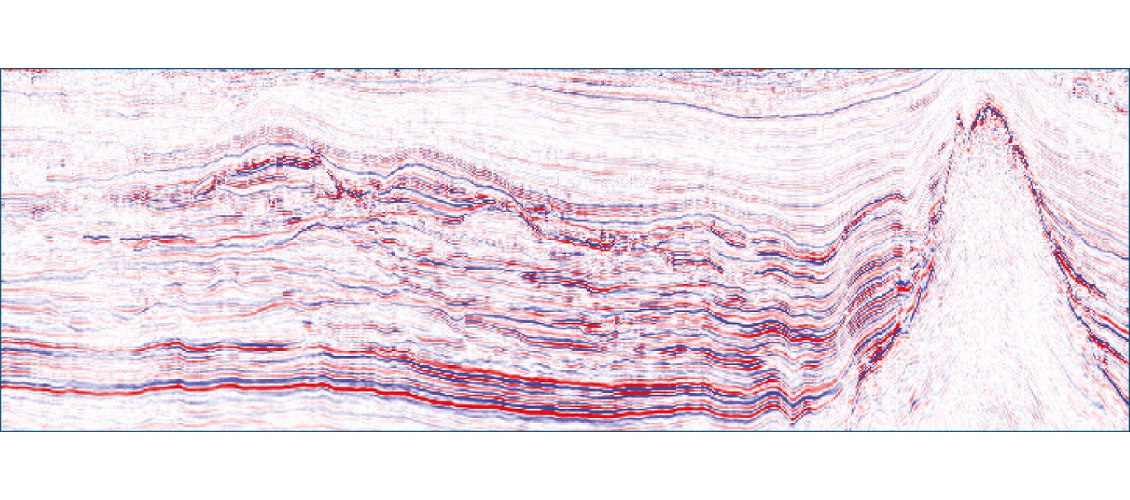
The Jurassic-Early Cretaceous carbonate deposition is exemplified by a seismic section on the outer edge of the main carbonate platform (Figure 5).





